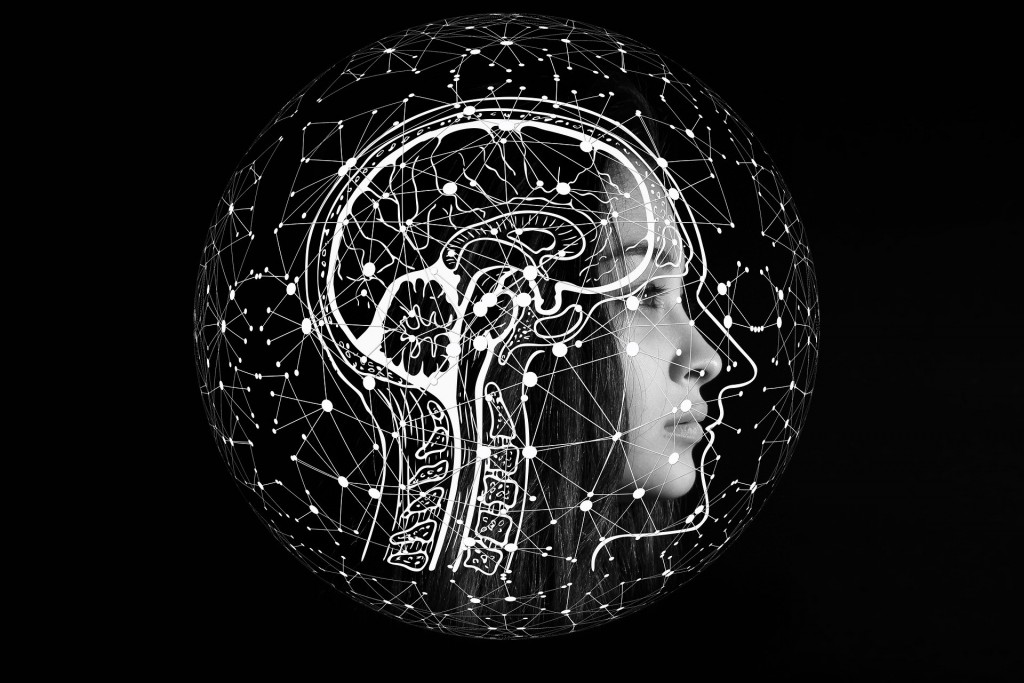
Amazon Web Services (AWS) offers dedicated cloud computing services. Their Artificial Intelligence (AI) services are fully managed and require no machine learning (ML) skills. This article explains AI and ML concepts and provides a review of the AI services offered on AWS.
What Is Artificial Intelligence (AI)?
Artificial Intelligence (AI) is a computer program with a certain level of autonomy. AI is built with learning capabilities, which help the AI perform “intelligent” tasks. Applications of AI software vary, as AI offers automation, speed and analysis capabilities that are universal.
Traditional software is designed to do exactly as it’s “told”. It operates as it is programmed to, and if it runs into a problem, it will display an error message. It’ll be up to a human to fix the problem.
AI software is built to solve its own (and its users’) problems. The goal is to train the AI to perform with minimal (if any) human assistance. To do that, the software needs to learn how to perform tasks associated with human intelligence, such as reasoning, learning, analyzing information and solving problems. These abilities are necessary for making good decisions.
What Is Machine Learning (ML)?
Machine Learning (ML) is the technology that teaches AI how to think. ML models are made up of algorithms that take inputs of data, look for patterns and arrive at a conclusion. ML is the brain of the AI, because it’s capable of telling the AI what it gives meaning to data.
ML models are generally separated into two categories:
Supervised ML—requires human assistance, typically administered by a data scientist. The data scientist builds and trains the ML, determining what input is needed for any desired output, and which variables or features should be analyzed for predictions. The data scientist will determine when the ML has been sufficiently trained and is ready to apply the acquired knowledge to new sets of data.
Unsupervised ML—requires minimal human assistance, because it doesn’t need training with outcome data. These algorithms use an iterative approach, which means they are thrown into the water and need to learn how to swim on their own. They do this through the use of deep learning models, which are designed to emulate the thought processes of the human brain. Deep learning neural networks, for example, take in huge amounts of data, identify it and interpret it.
What Is Amazon Web Services (AWS)?
Amazon Web Services (AWS) offers more than 165 cloud-based computing services, such as networking, development, storage, database, cloud backup, media, robotics, blockchain and more. To gain access to AWS resources, you need to set up an AWS account, which is free. AWS offers an on-demand pricing model, which charges per usage.
Below, you’ll find a review of the AI and ML services offered by AWS.
Artificial Intelligence (AI) on AWS
The following AWS services are fully managed, require no machine learning skills and can help you add AI capabilities to your applications:
|
Service |
What It Provides |
Uses |
|
Amazon Comprehend |
Natural language processing (NLP)—a process that helps machines understand and make sense of human languages. |
Text and speech analysis, search optimization, automated content organization and auto-tagging. |
|
Amazon Forecast |
Machine learning models compare time series data with business variables. |
Business forecasts that provide insight into future product and resources demand and financial performance. |
|
Amazon Lex |
Automatic speech recognition (ASR)—converts speech to text. & Natural language understanding (NLU)—makes sense of the meaning of the text. |
Build conversational interfaces for call center bots, customer service bots, personal assistant bots and Internet of Things (IoT) devices. |
|
Amazon Personalize |
Personalization analysis powered by Amazon’s machine learning models and simple API |
Create personalized (and automated) customer experience, including UI/UX and recommendations. |
|
Amazon Polly |
Text to Speech (TTS)—deep learning models turn speech into a human voice |
Provide audio versions of textual content, animate avatars with speech and send audio messages. |
|
Amazon Rekognition |
An API that provides computer vision functionalities, such as image recognition and facial recognition, including analysis. |
Break images into objects, text and people, add relevant tags, and analyze images to detect activity patterns. |
|
Amazon Textract |
ML-based optical character recognition (OCR)—automatic extraction of data from textual files |
Fast and automated analysis of textual documents and forms for smart search indexes and automated text processing workflows. |
|
Amazon Translate |
Neural machine translation—deep learning models that implement automated natural-sounding language translation. |
Real-time translation of user-generated content, creating multilingual websites, and analyzing social media content. |
|
Amazon Transcribe |
An API that provides automatic speech recognition. (ASR)—analyzes speech and transcribes it into text. |
Improve accessibility by providing users with text transcription of audio files. Provide customers with transcripts of customer service calls. |
It’s a Wrap!
Since its inception, Amazon has been an innovator. AWS is an extension of Amazon that wraps up knowledge, skills and computing resources into cloud-based services. The services always improve, as AWS continually releases innovative solutions.
AI on AWS is simple, easy and fast. All you need is an AWS account, and then you can start adding AI functionality to your applications. You don’t need any machine learning skills, but you do need to be versed in AWS services, so you’ll be better equipped to use the AI service.
Each AI service addresses a different technological need. AWS offers free tiers, which you can use to experiment with any of the services and base your decisions on hands-on experience. Be sure to choose the services you truly need, rather than the trendy functionalities.
Author Bio: Eddie Segal

I'm an electronics engineer with a Master’s Degree from Be’er Sheva University, a big data and web analytics specialist, and also a technology writer. In my writing I cover subjects ranging from cloud computing to agile development to cybersecurity and deep learning.
LinkedIn: https://www.linkedin.com/in/eddiesegal/


